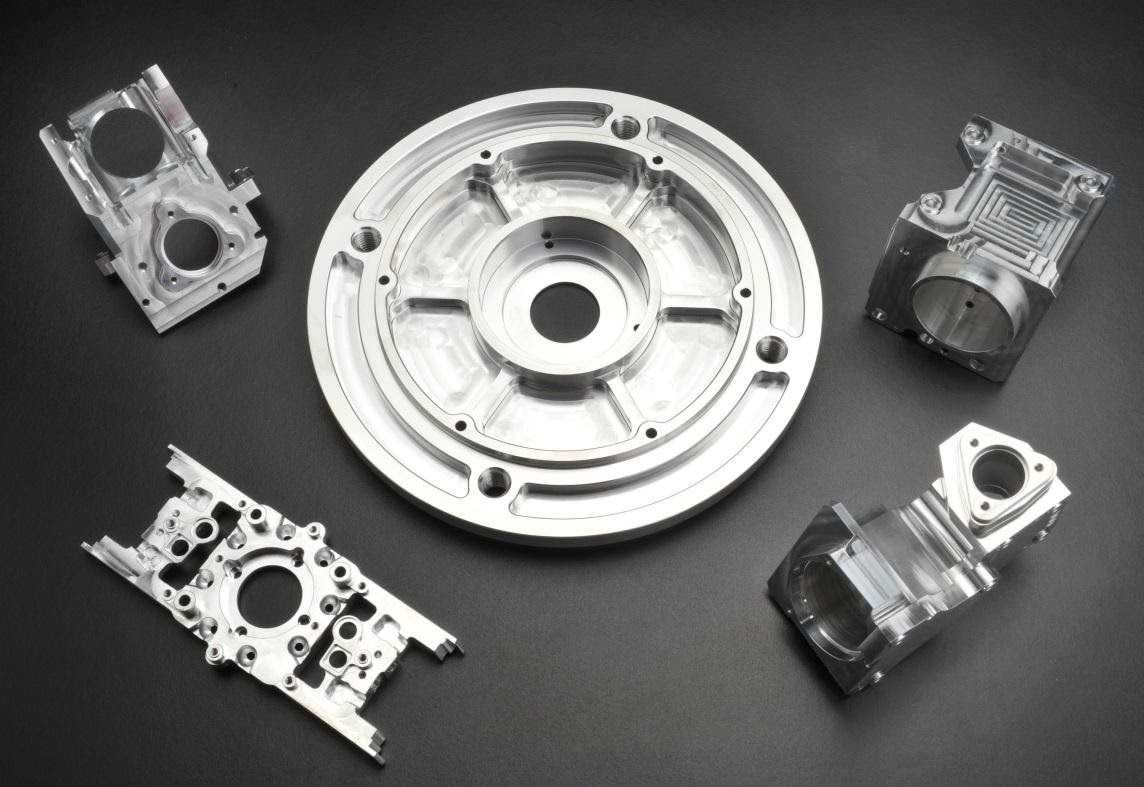
CNC
Computer Numerical Control (CNC) has revolutionised the world of manufacturing. Thanks to tools like CNC router bits, drills, cutters and mills, factories can produce better quality products in less time and with less need for manual labour. CNC machines are famous for their precision and ease of use – simply design a product and let the machine take care of the rest. But those high-quality results can only be achieved when your CNC machine is matched to the right tools for the job.
In this article we’re going to cover a few of the most common types of CNC tools used to process soft materials like timber and aluminium.
Router Bits
CNC router bits come in thousands of different sizes and designs. The type of router bit you need to use depends on a few things, including the material you’re working with, the finish you want to achieve and whether you’re cutting, shaping or finishing the workpiece.
CNC router bits are mostly used for cutting and shaping workpieces. Just like with hand tools, CNC router bits can also be used to finish and shape the edge of the material. But for CNC applications, router bits are commonly used for sizing and cutting components from material stock.
There are four main types of router bits used by CNC machines:
- Straight cut. With straight cutting edges running laterally along the length of the tool, straight cut router bits carve material away from the workpiece. While they’re good for carving and cutting work, straight cut routers destabilise the workpiece and create unnecessary tearout.
- Upcut bits feature an angled cutting edge that shears material and forces the chips upwards. Upcut bits are more stable and create cleaner cuts than straight bits, but they still cause tearout on the top surface of the workpiece.
- Similar to upcut bits, downcut bits have an angled cutting edge that forces chips downwards. These are ideal for cutting and shaping work because they leave a much cleaner edge on the top face of the material. If you’re cutting all the way through a material though, a downcut bit will create tearout on the bottom face.
- Compression cutters. Compression cutters offer the best of both worlds by combining upcut and downcut spirals into a single router bit. Cutting in both directions simultaneously disposes of chips faster, leaves better finishes on both faces of the workpiece and allows for higher feed rates.
Drill Bits
Just like the drill bits you’ll find on hand tools, CNC routers also use drills to make holes in workpieces. Specifically, CNC routers use twist drills. Twist drills can be found in hundreds of different sizes for making any holes you need, but they can be limited by heat buildup that slows down production. Heat buildup in twist drills can be prevented or minimised by drilling pilot holes and then steadily increasing the diameter of the drill bit until the final hole size is reached. Reaming and stepped drill bits can also be used to create large hole diameters without the need for pilot holes.
Ejector Drills
A specialised type of drill bit, ejector drills are the ideal choice for drilling deep holes. Unlike typical twist drills, ejector drills are made from a hollow tube with a drilling cutter on the end. Once a pilot hole is made, an ejector drill can be used to drill deep into the material, using an internal flow of coolant to extract and eject the chips much better than a twist drill could. This creates cleaner cuts and minimises the buildup of heat.
Cutterheads
CNC router bits and drills are great for cutting straight holes and grooves, but more complex shapes are handled by cutterheads. For example, cutterheads are often used to cut angled grooves, rounded edges or for shaping curved pieces that a router bit would be unable to shape.
The secret of cutterheads is the interchangeable knives they use. Rather than being formed with cutting grooves, cutterheads use sharp knives that act like planes to scrape material away from the workpiece. Cutterhead knives can be designed to cut almost any shape, so they’re ideal for factories that want to produce specific profiles or complex components.
Surface Planer
CNC machines rely on precision to get their work done. Small imperfections can create issues that ruin the component you are producing. For that reason, some types of material need to have their surface processed before CNC routing and cutting can begin. Surface planers work similar to cutterheads, except they have knives that form broad, flat faces that can be used to plane the surface of the material and create a perfectly flat area.
End Mills
Milling tools are some of the most versatile CNC tooling options. Mills look similar to CNC router bits, but they’re often used for cutting more complex shapes and grooves. Just like routers and drill bits, end mills have cutting faces and angled flutes along their length that remove chips from the workpiece. This means they’re perfect for everything from removing material to cutting grooves and shaping complex components.
Depending on the work you’re doing, mills come in a few different varieties. Roughing end mills are the most common, being used to remove lots of material quickly and speed up carving processes. Once a roughing end mill has been used to do the bulk of the work, different grades of finishing end mills can be used to clean up the surface and prepare the piece for final finishing.





